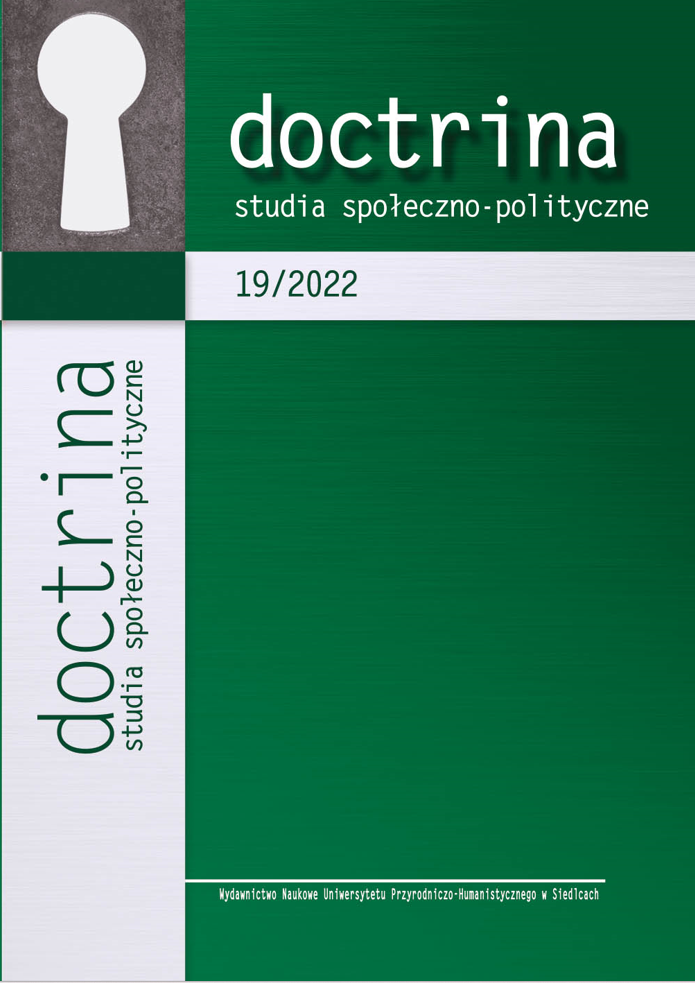The image of the Polish-Russian border and borderland. History and modernity – a contribution to research
DOI:
https://doi.org/10.34739/doc.2022.19.08Keywords:
borderland, border, Polish-Russian border, small border movement, security, economy, media, politics, border municipalities, refugees, geopoliticsAbstract
The purpose of this article is to show the evolution of border areas between Poland and the Kaliningrad District and the initial socio-economic analysis of the Polish-Russian border in 1945-2022, which will be used for further scientific research. The Polish-Russian border at the beginning of its functioning was closed or even a hostile area. The breakup of the Soviet Union allowed to establish and develop mutual relations. Their apogee was the introduction of the principles of small border traffic in 2012. The pandemic and later the war in Ukraine changed the border into a barrier that is difficult to cross. This is a big challenge for border poviats. From the beginning of political changes, they have been at the national lead of the unemployment rate, and the border has been the driving force of socio-economic development for twenty years. It was also an informal, but the largest workplace of the borderland residents. The complete closure of the border showed how important its openness was for the inhabitants of the Polish and Russian borderland.
Downloads
Downloads
Published
Versions
- 2023-01-27 (2)
- 2022-12-22 (1)




